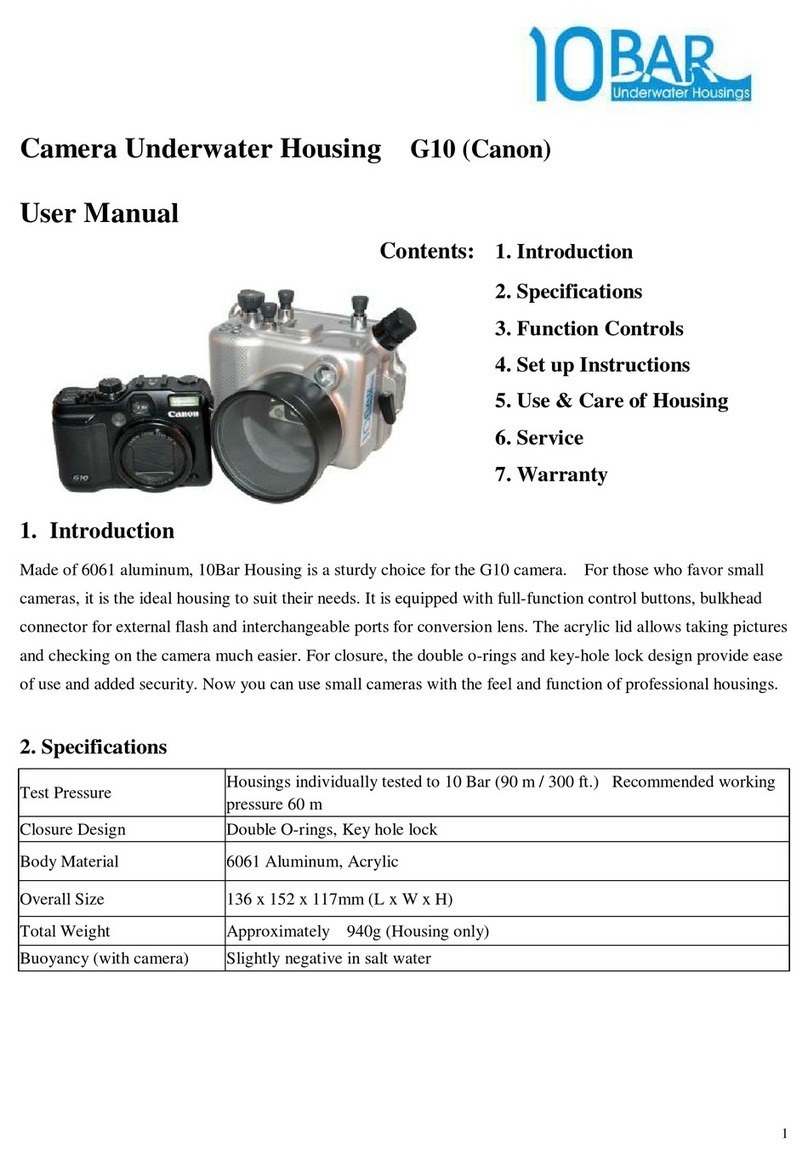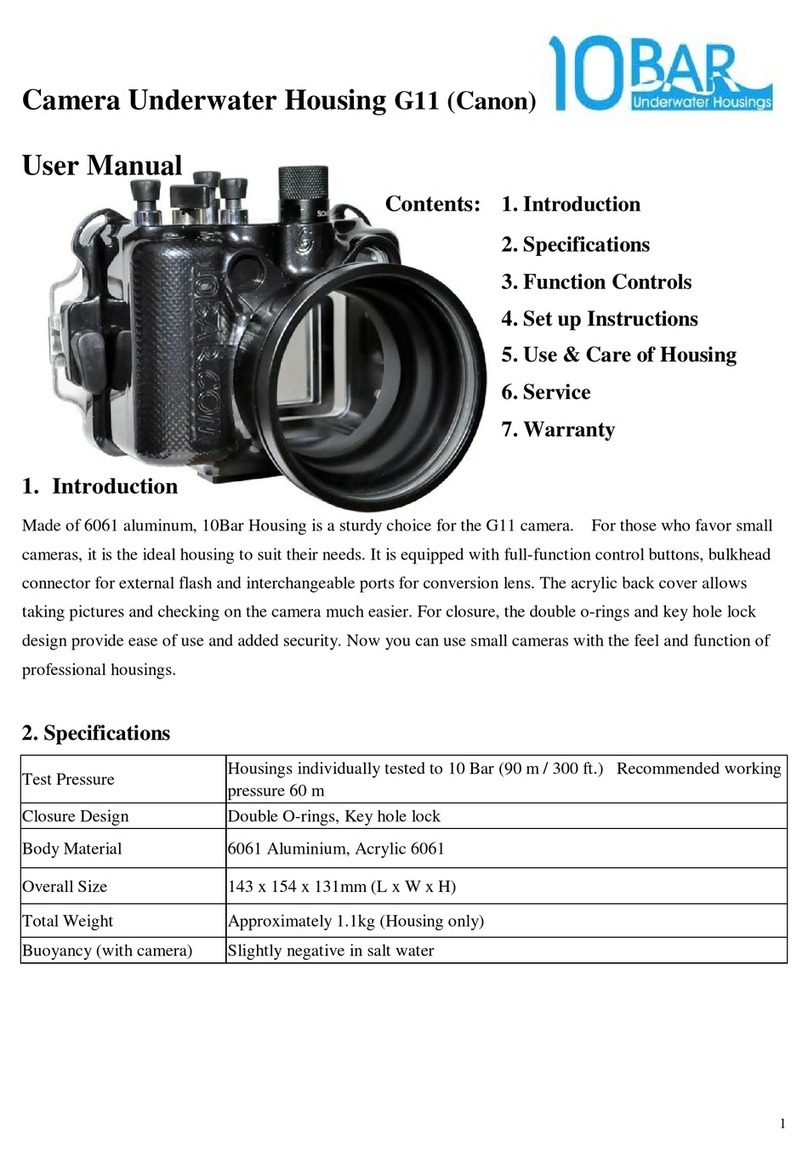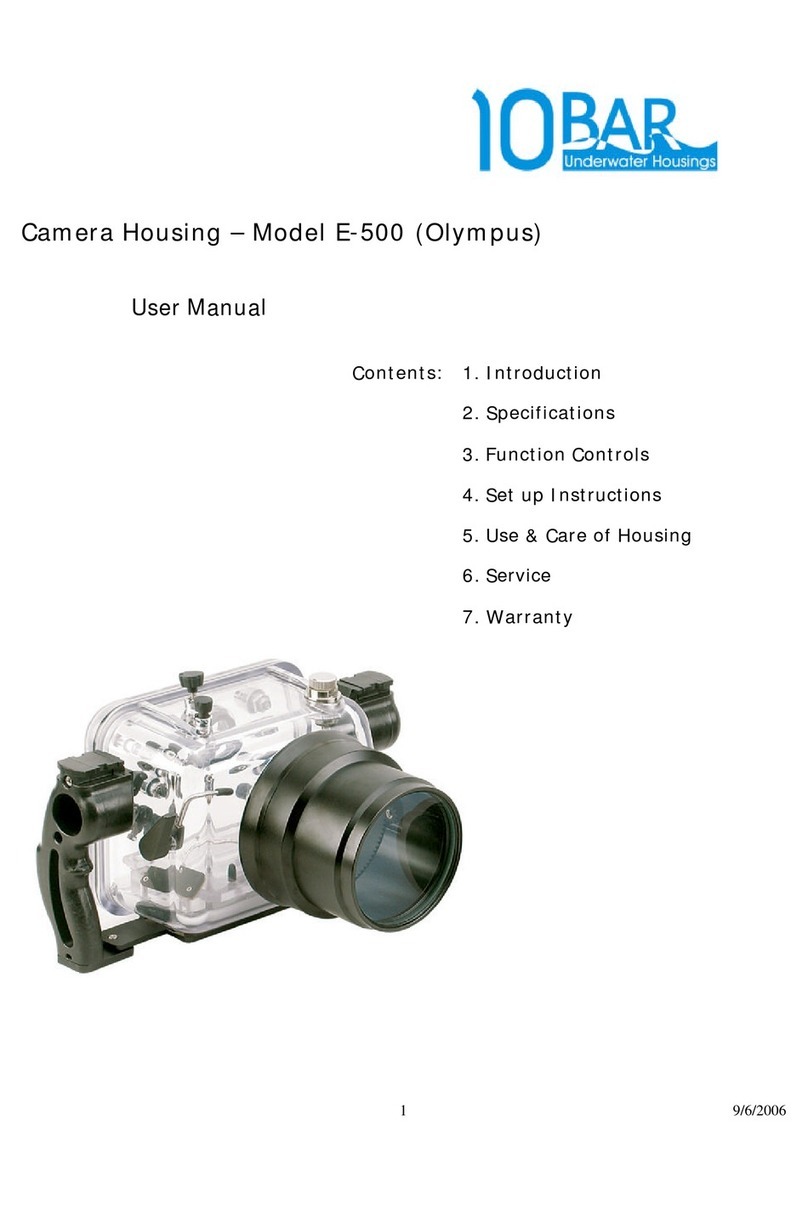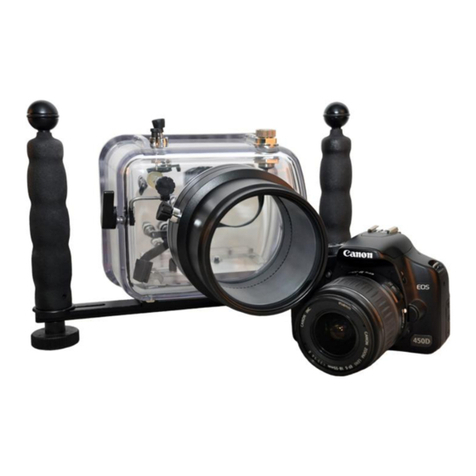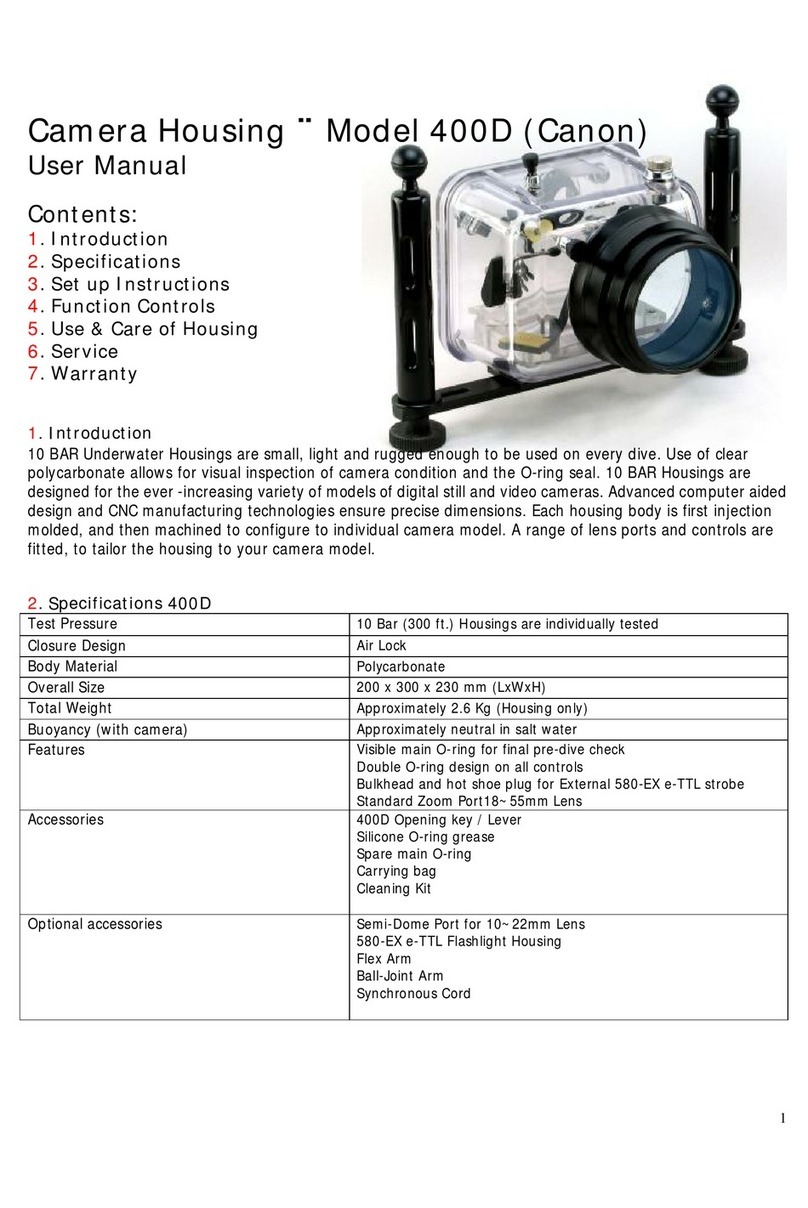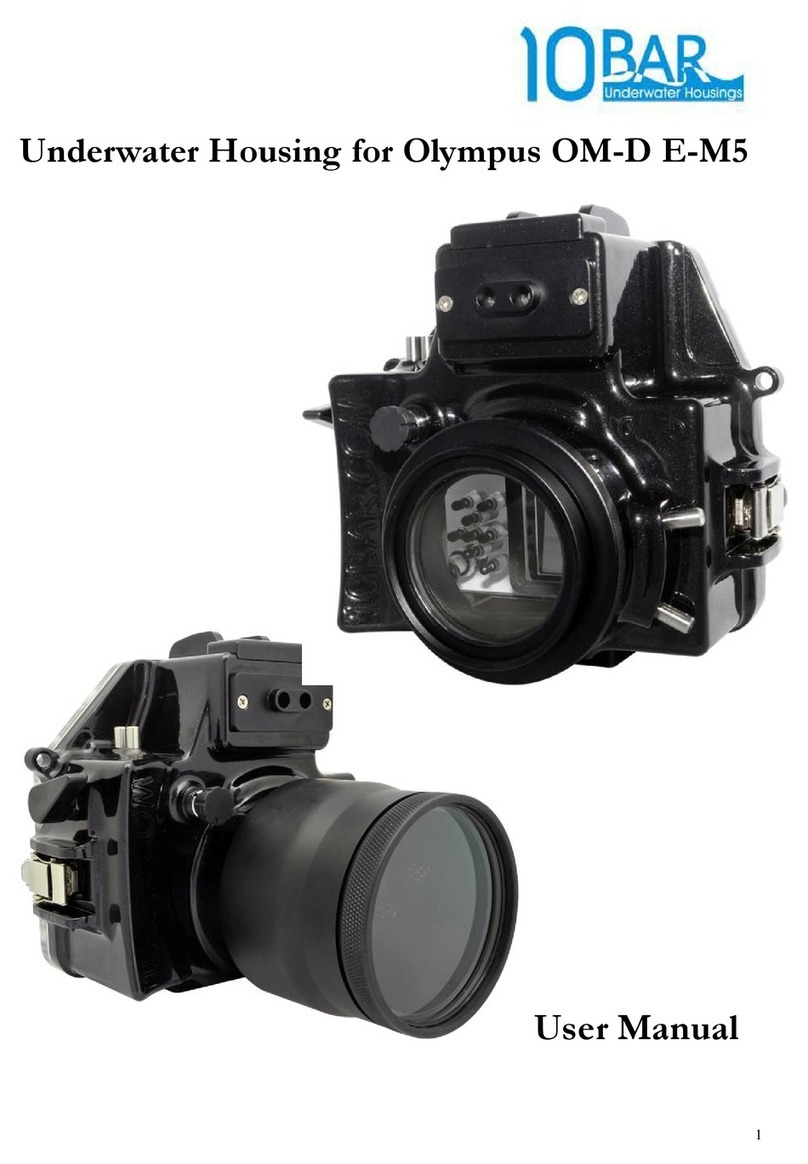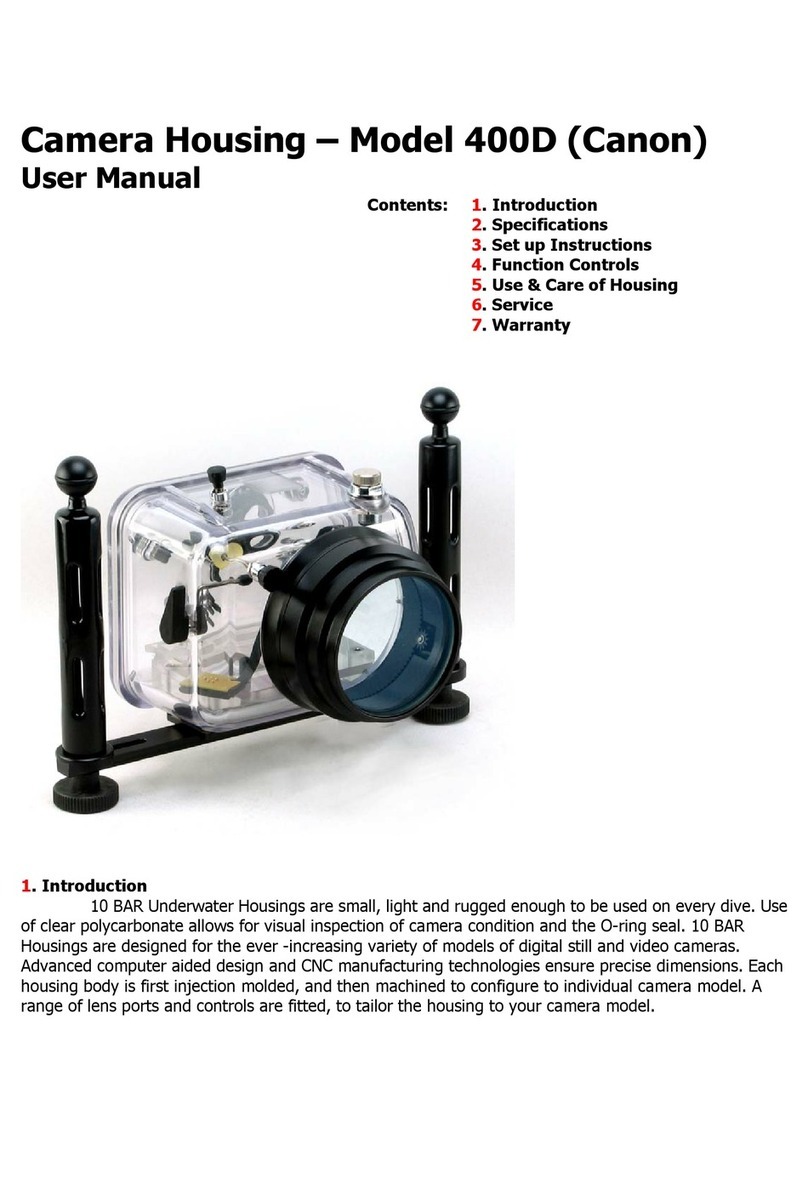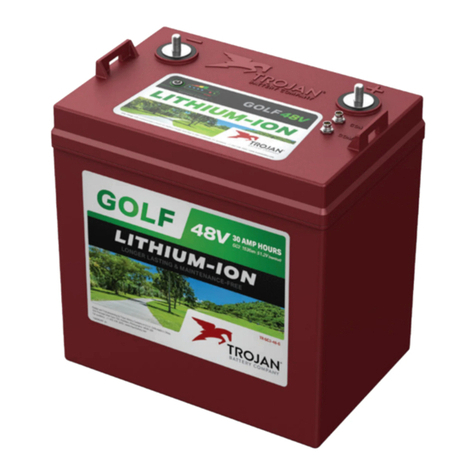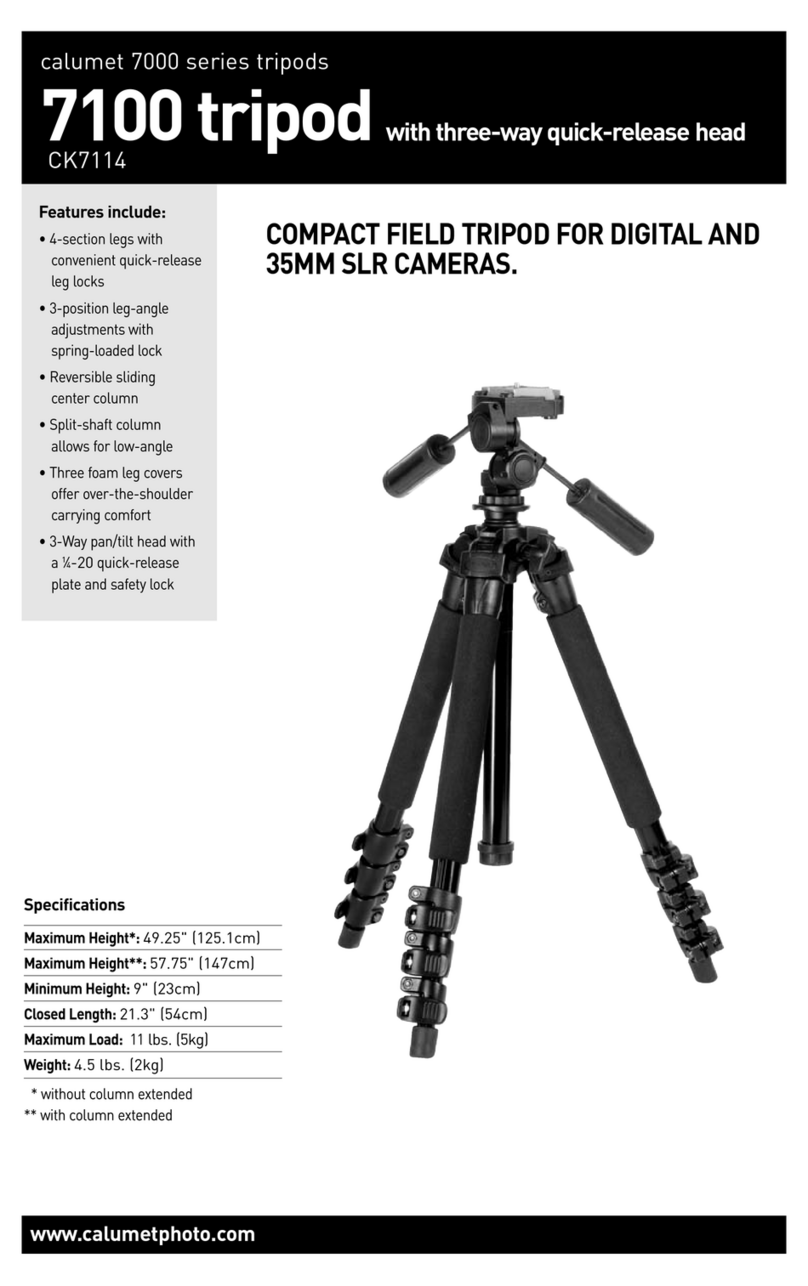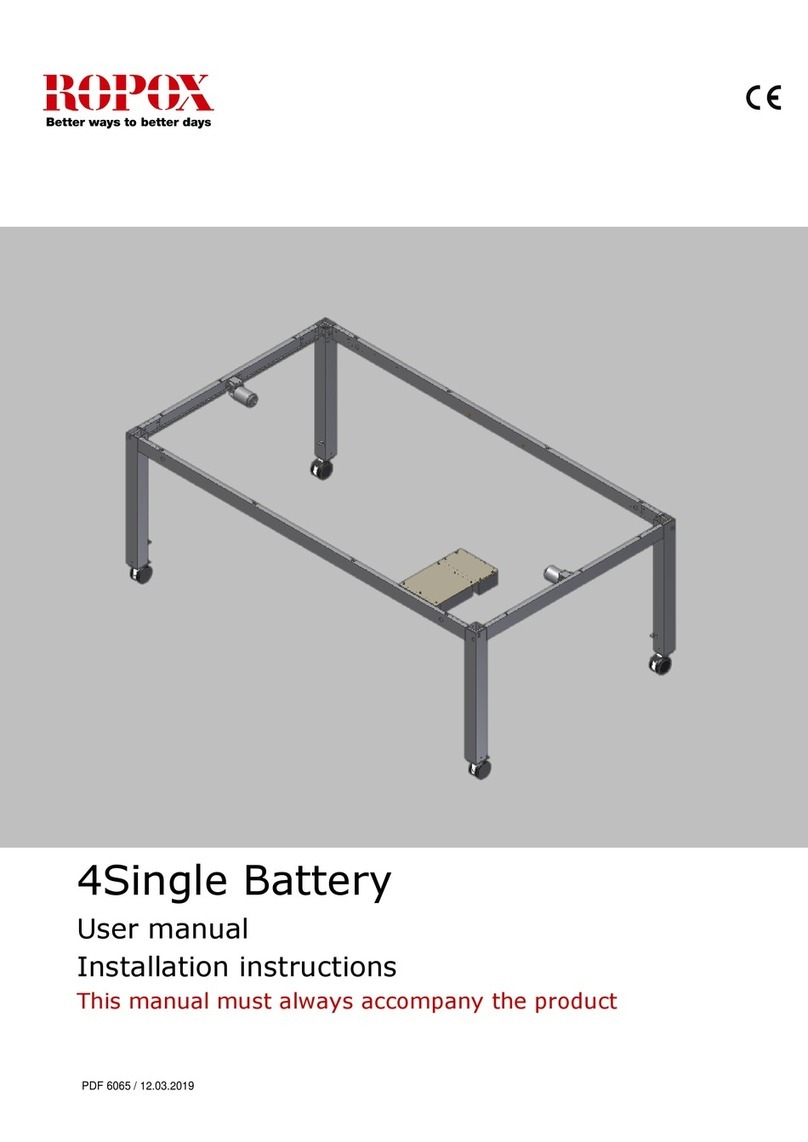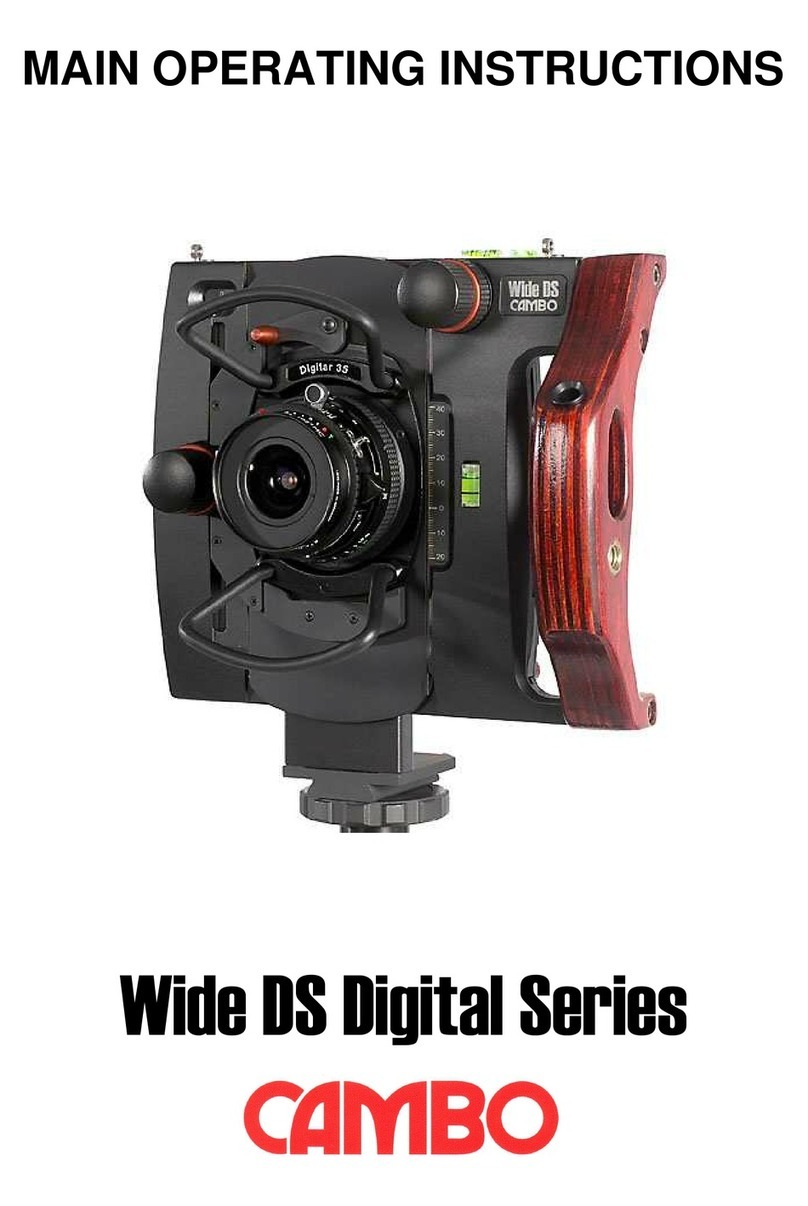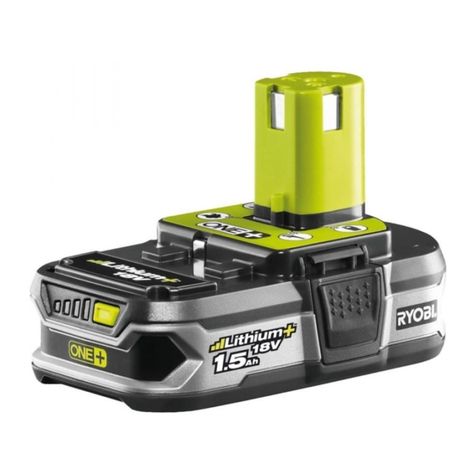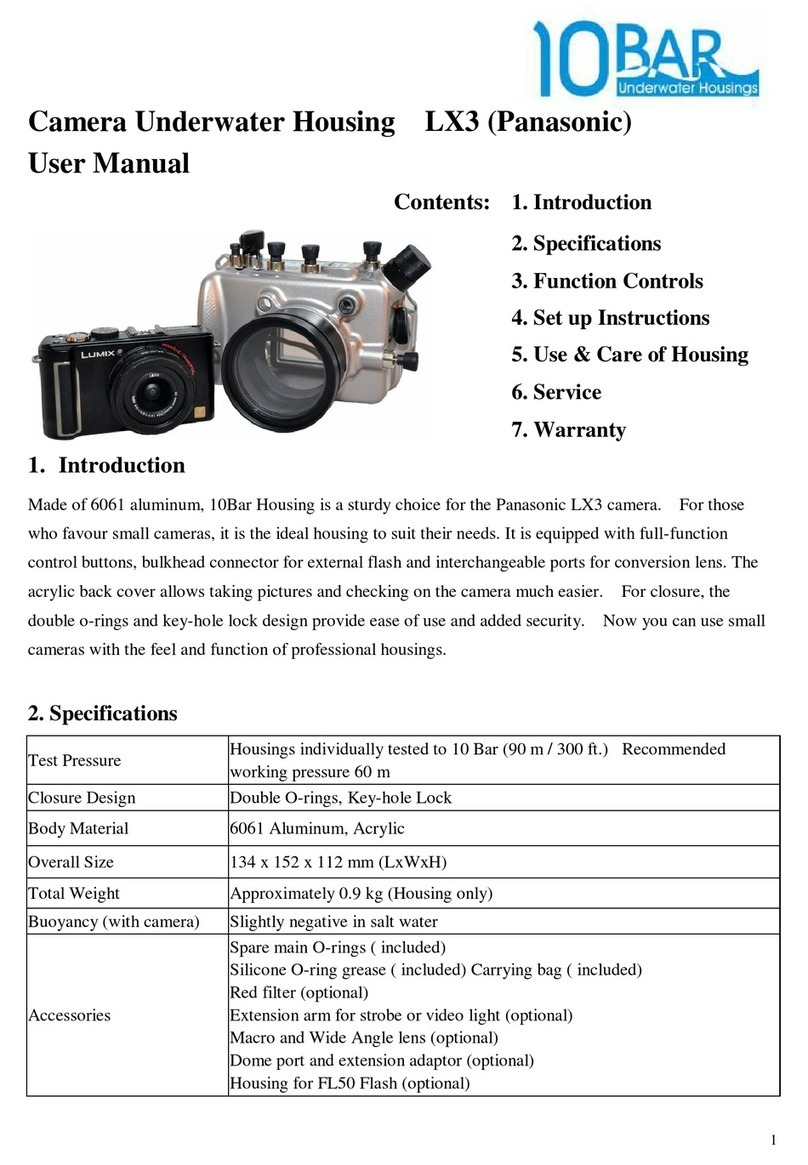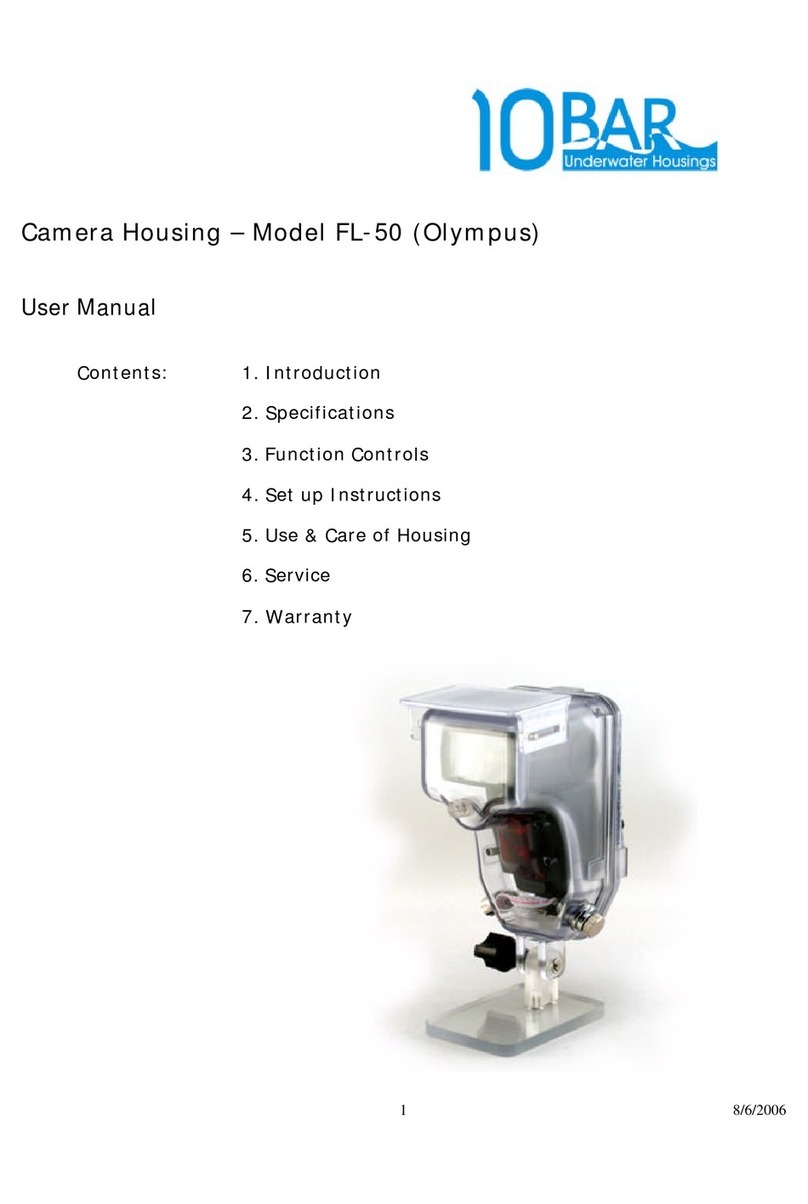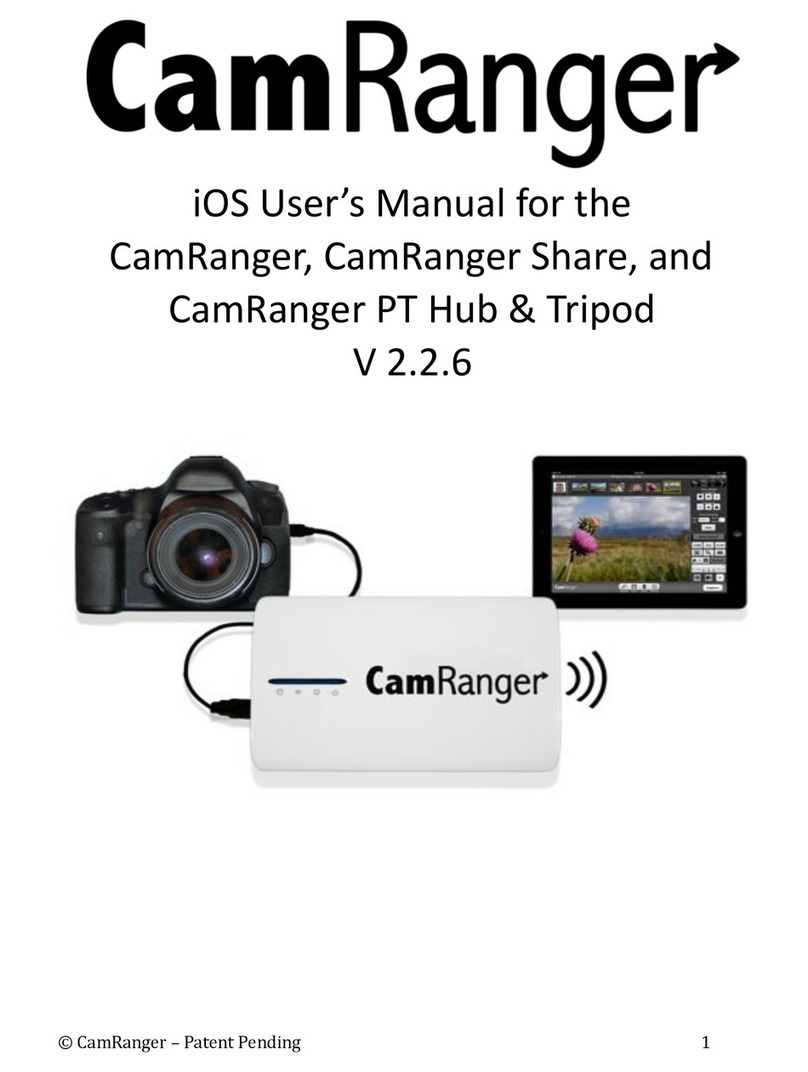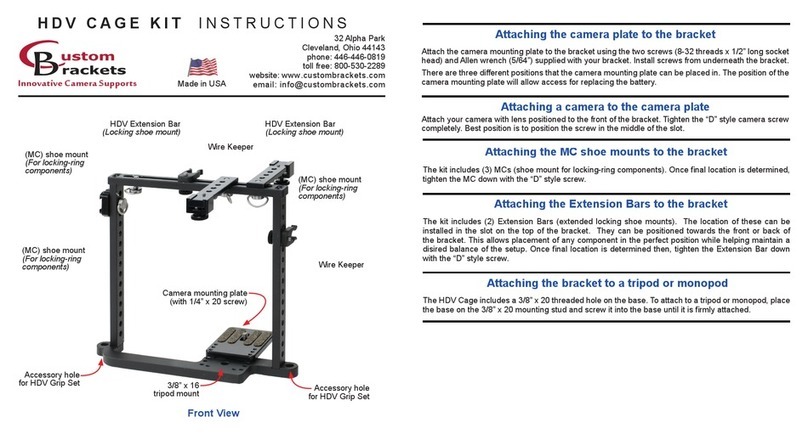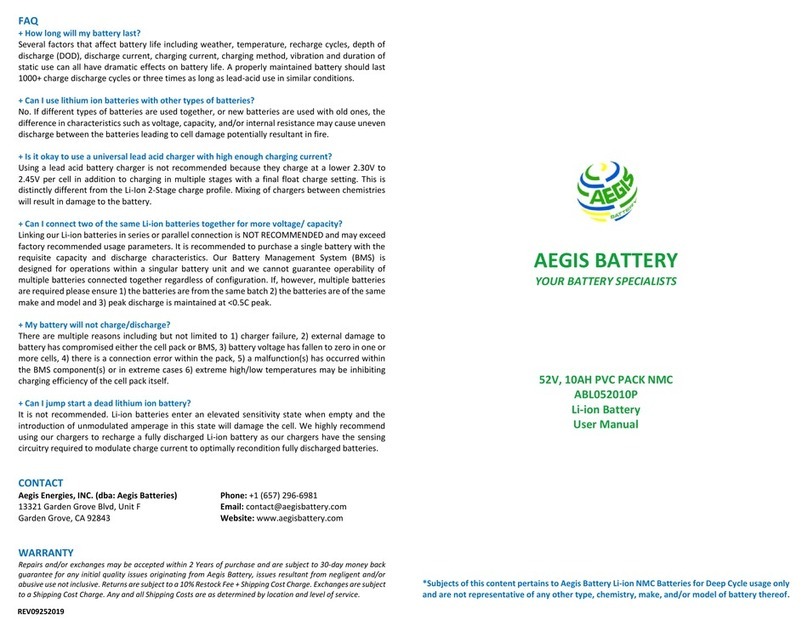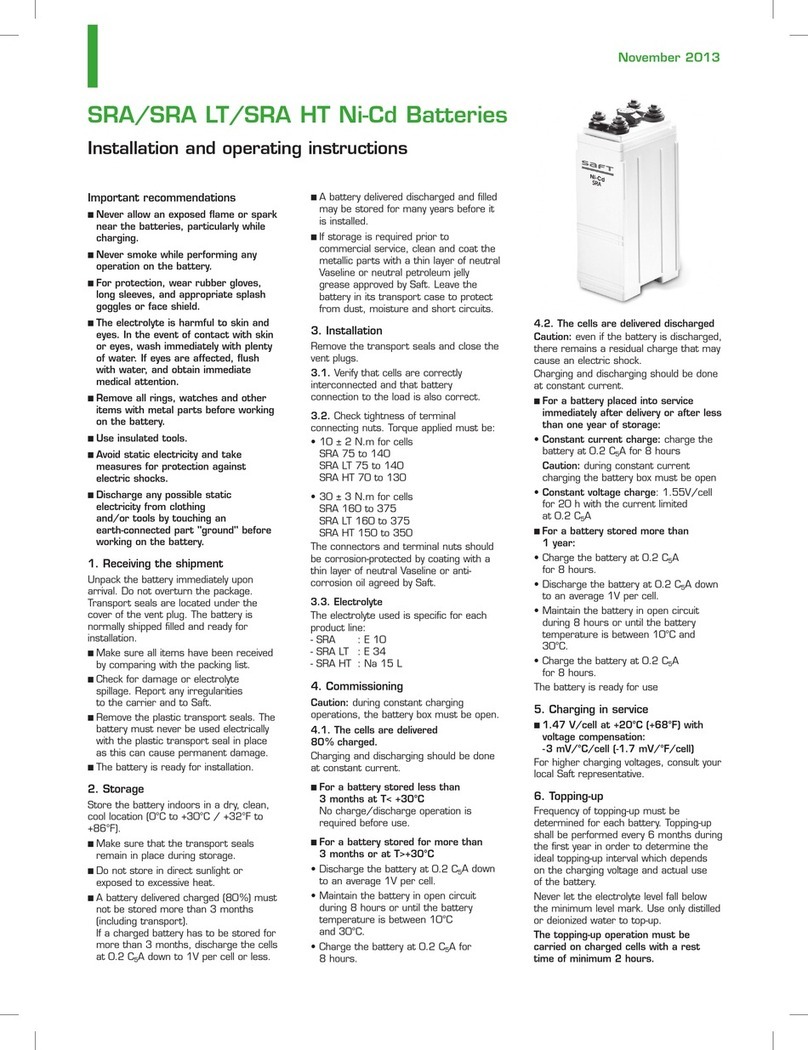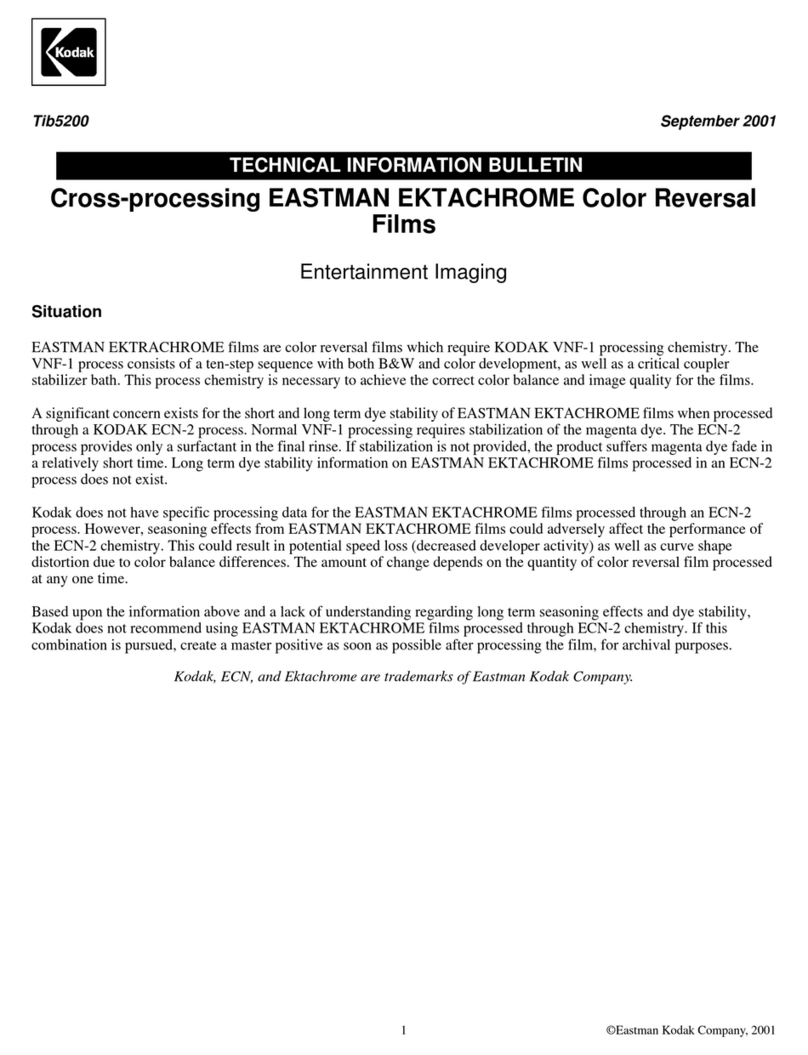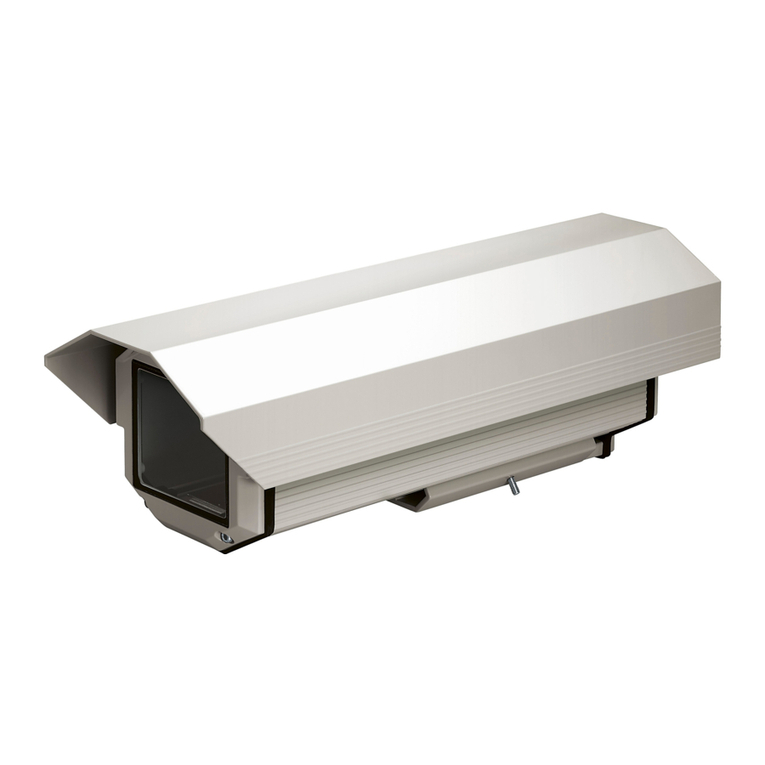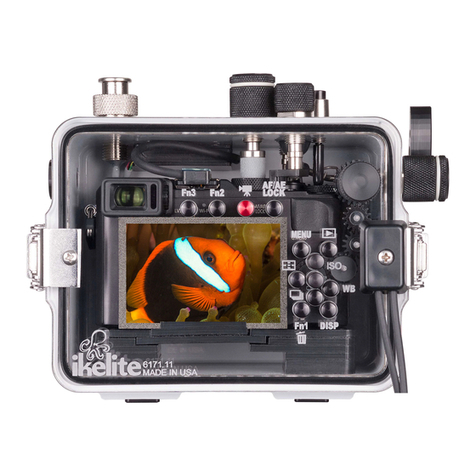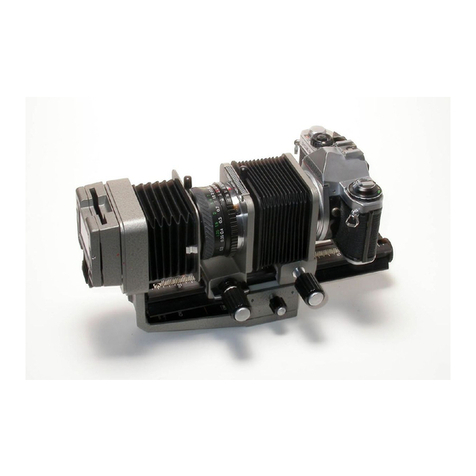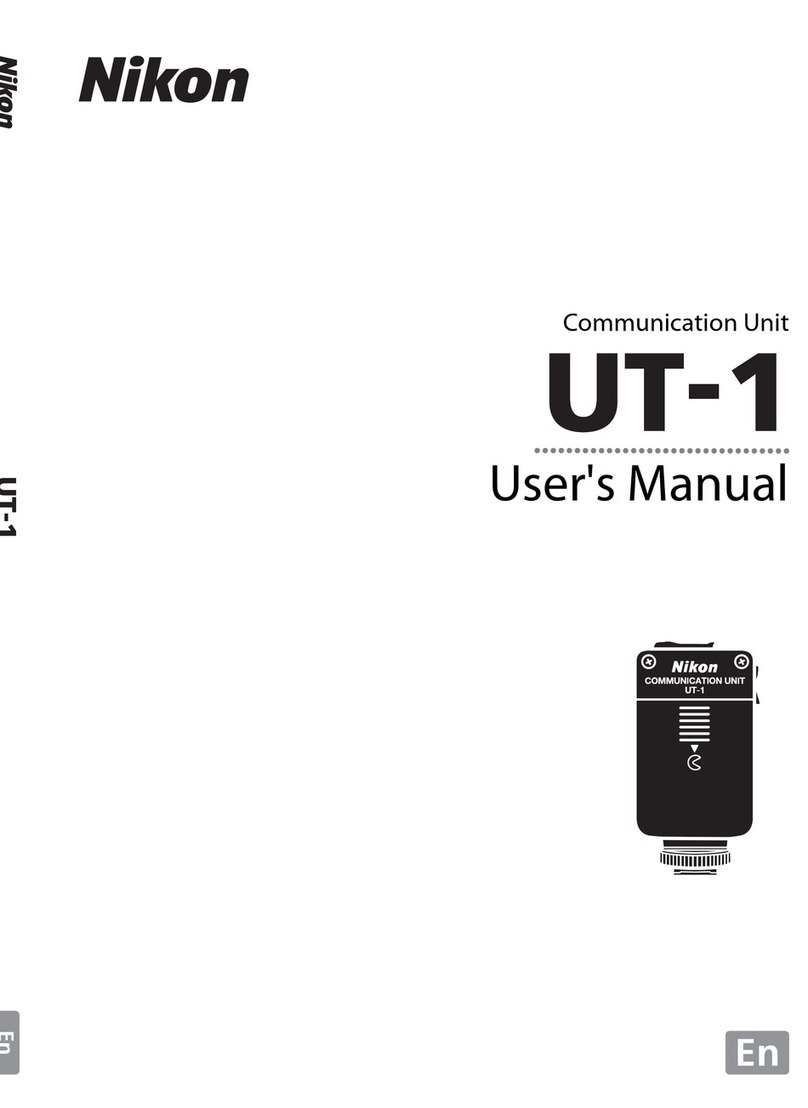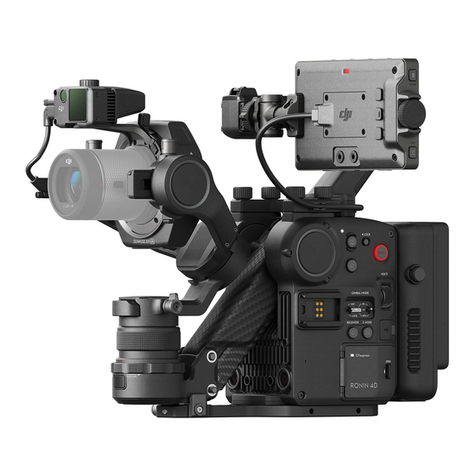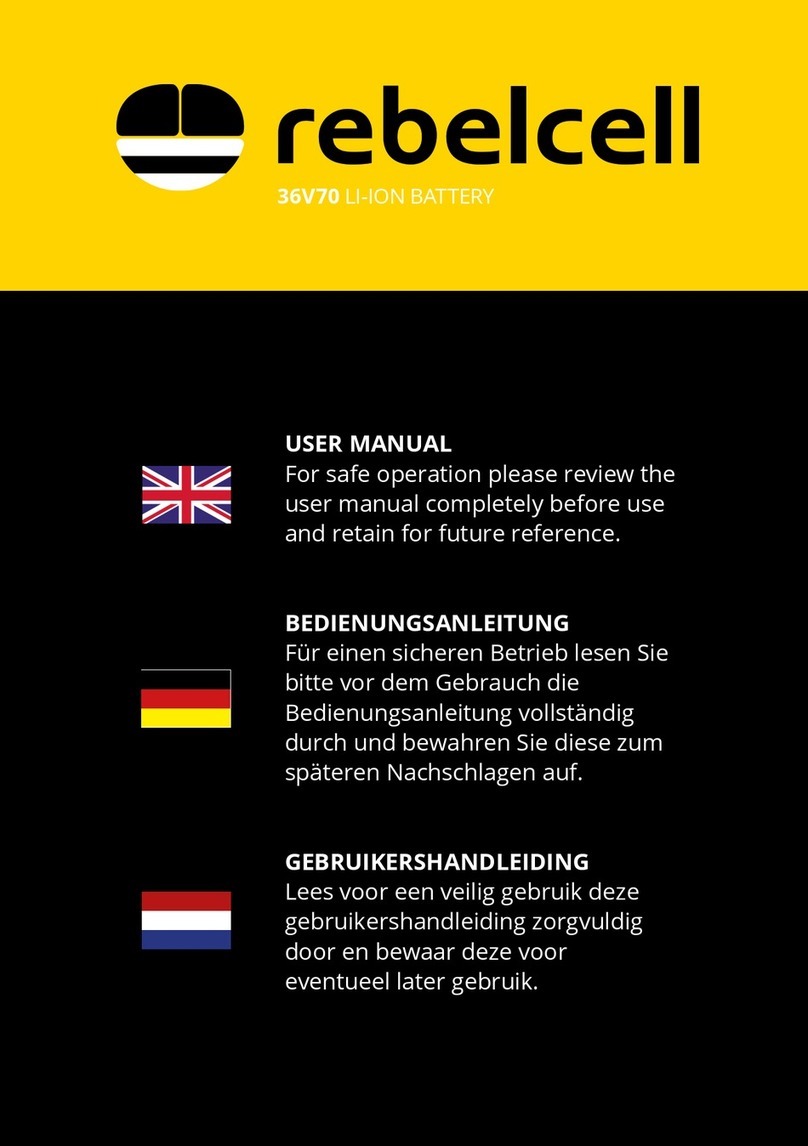Reposition until the latch is pushing against the hook and lift the lid to push open the back cover
4.3 Special note on responsibility for watertight integrity:
Each housing is individually inspected and hydrostatically tested in the factory. The design of the main
piston O-ring seal is among the most reliable in the industry and the watertight integrity is excellent.
This special O-ring design provides a perfect seal even if there is any movement between the body
and lid due to change of ambient pressure. However please note that responsibility for ensuring the
integrity of the watertight seal lies entirely with the user. 10BAR accepts no liability for damage to, or
loss of any equipment used with, or placed inside the housing. Users are highly recommended to
carry out in-water test of the housings without installing of the camera for their first dive after change
of new ports or alternation of any new configuration. The test can be carried out by lowering the
housing with ballast to the working depth or dive down to the safe diving range.
The O-ring seal is the only barrier between the water outside and the air space within the
camera. It is an effective barrier only if the seal is properly maintained. The O-ring seal
should be inspected before every dive. The following information is provided for your
guidance in using and maintaining the O-ring seal.
4.5 Maintaining the O-ring Seal:
If the main body to lid O-ring is not installed, install the O-ring before diving. This is the only user
serviceable O-ring. Its care and maintenance is critical to the watertight integrity of the housing. The
O-ring should be replaced at the service interval (see section on service). If the O-ring is contaminated,
or not already installed, inspect grease and install the O-ring according to the following guidelines.
4.4 Inspection, cleaning and re-instillation of the O-ring
Tools:
A soft cotton bud or sponge applicator, make sure these are free of all chemicals or contamination such
as loose fibers, and the tube of silicone grease supplied with the housing are required. Note other types
of silicone grease specifically for use with underwater camera equipment can usually also be used. It is
advised to carry out the following procedure on a firm clean level surface, (e.g. at a table), to prevent
skidding especially useful to have when diving from a boat.
When to maintain the O-ring seal:
Remove the O-ring periodically for inspection. It is not necessary to remove, clean and re-install the
O-ring after every dive provided the O-ring did not become contaminated. As a rule of thumb set up the
camera and housing before a day’s diving. If the housing is required to be opened between dives for
changing memory card or re-charging batteries, make sure the outside of the housing is thoroughly
toweled dry before opening up. After removing the lid and servicing the camera, replace the lid
straight away, rather than leaving it lying around. Before replacing the lid, make sure that no
contamination such as dust, hair, salt, sand etc. has fallen onto the O-ring or O-ring recess, as a
precaution we recommend to inspect the O-ring every time the lid is opened and to carry out the
maintenance if necessary.
